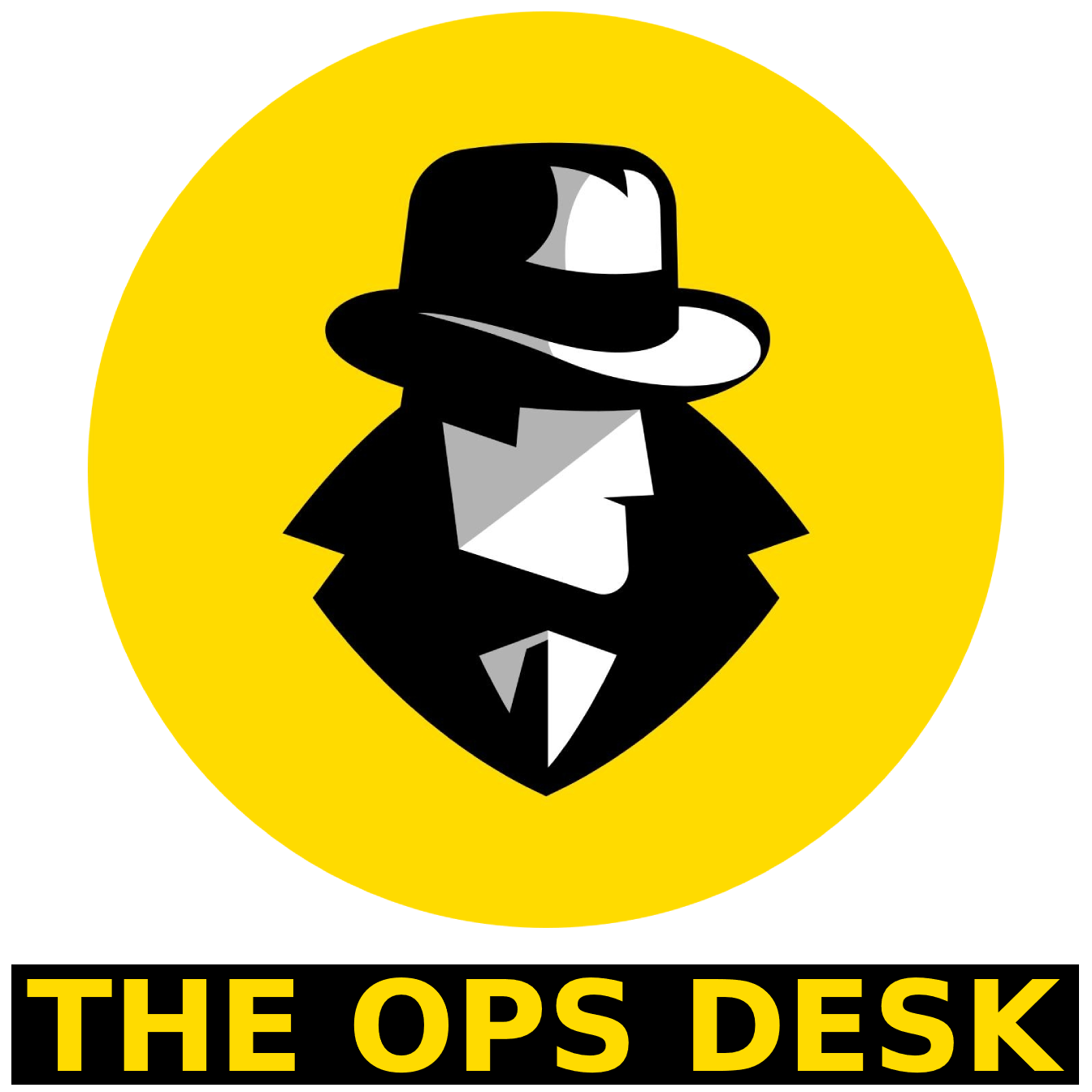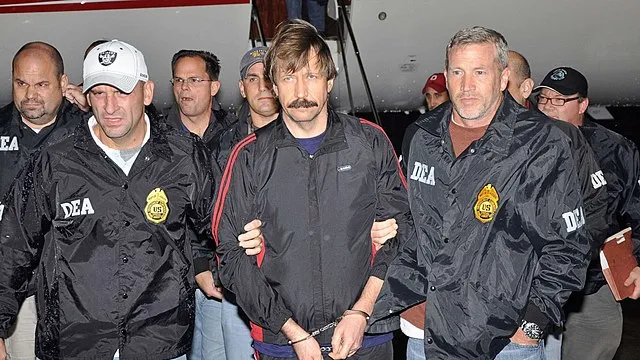Two cops fight a culture war and work a homicide in the deep south.
Last month we recounted the terrible murder of three civil rights protesters who met their fate at the hands of Ku Klux Klan members in rural Mississippi on June 21, 1964. The case polarized the country against the systemic racism that was persistent in the South since the end of Reconstruction.
Although not based on that story, the excellent film In the Heat of the Night shares the location and the racist themes that caused the murders. The movie explores the racial realities that existed in the South at the time.

The film starts with the murder of a wealthy businessman in the small town of Sparta, Mississippi. He has a broken skull and a missing wallet. A robbery, it appears. The inexperienced local police start a canvass of the area and come upon a black man sitting in an empty train station. The man is well-dressed and had a wallet full of cash – a black man in 1960s Mississippi with a wad of cash must be guilty of something, the cop surmises, and takes him in for questioning.
The black man is Virgil Tibbs, one of Philadelphia, Pennsylvania’s top homicide detectives. The Chief of Sparta Police, Bill Gillespie, immediately realizes the mistake and releases Tibbs. Tibbs has missed his train and Gillespie asks for his help with the murder. Chief Gillespie acknowledges his lack of experience and sees that Tibbs is a potential asset on a big-time murder investigation.
Sidney Poitier plays Detective Virgil Tibbs, perhaps his most iconic role. He is excellent. He exudes controlled rage and persistent defiance of the southern societal norm. He plays the professional that is not taking any crap. His foil is Rod Steiger. who plays Chief Bill Gillespie. Steiger is the stereotype of a southern small-town cop. Consistently referring to Tibbs as “boy,” he can’t seem to let his racist habits go. His temper and rashness counter Poitier’s cool and controlled demeanor.

You couldn’t have two cops that are more different. Gillespie is the heavy-handed instigator and Tibbs the quiet intellectual. Chief Gillespie recognizes the talent and experience of Tibbs. Tibbs can’t just give up on the homicide, it’s in his blood to solve the case. They tolerate each other to get the job done.
In the Heat of the Night is an iconic film. It is ultimately a redemptive movie that shows the potential that America had to solve the racial strife and injustice that plagued the country at the time. Despite the rants of America haters, we are in a much better place today than 1967. The movie highlights how the most stereotypical racist can see a society in which all men are treated equally.
The movie is well directed by Norman Jewison (Fiddler on the Roof, Moonstruck). Jewison relays the film societal message clearly without ruining the story. He does an admirable job showing the character’s opinions on race without the in-your-face starkness that we see in many modern films that cover the same topic.
The film has a phenomenal soundtrack with the title theme sung by Ray Charles. All songs were written by Quincy Jones and they are obviously world class.
In the Heat of theNight runs an hour and 50 fifty minutes. It can be found on YouTube with commercials for free or the Fubo, Paramount, and MGM apps for free. It is available for rental or purchase on any major streaming service. Take a few hours and enjoy this murder mystery with a message.
Thanks for following The Ops Desk and have a great weekend!









